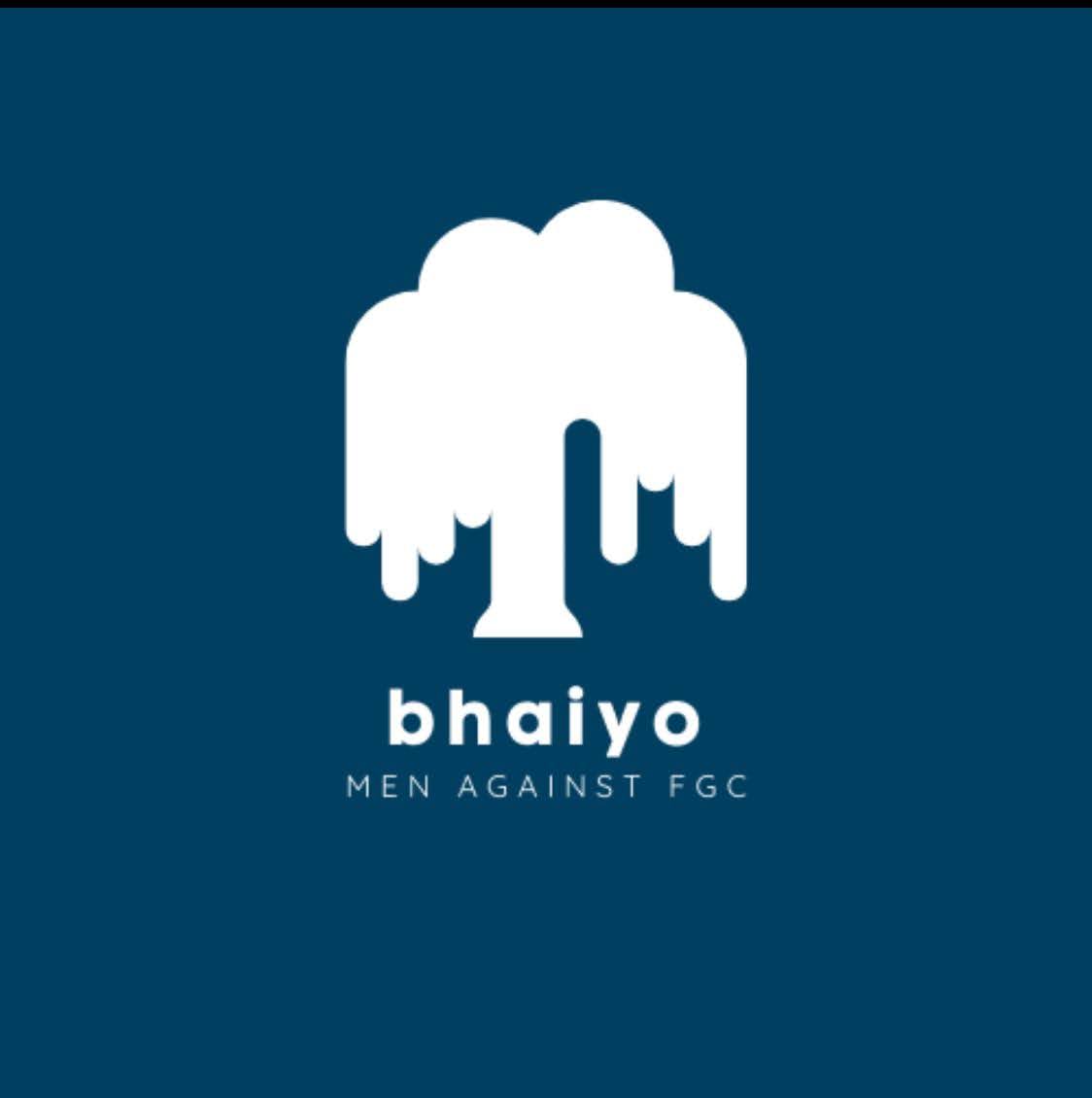Female Genital Cutting (FGC) has long been confined to spaces occupied by women. It is spoken about in hushed tones, passed down as a "woman's thing," a ritual overseen and upheld by grandmothers, mothers, aunts, and elderly women in the community. Men, for the most part, remain absent—silent onlookers, if they are looking at all.
Maybe this absence has to do with how inextricably FGC is tied to sex and sexuality—topics often considered taboo, even within families. Maybe it is because the procedure itself is performed on girls and women, placing it firmly within the realm of "female issues." Or maybe it's simply the way things have always been.
As I navigated my own journey of reconciling with my experience of FGC, I found that healing also existed primarily in women’s spaces. I turned to my mother to make sense of what had happened to me. I understood that my grandmothers were the primary decision-makers who advocated for the ritual. I found my voice and my advocacy through conversations with my aunties. Even as I challenged this harmful practice, I subconsciously abided by an unspoken norm—one I hadn’t fully recognized until later—that these conversations stayed within women’s spaces.
And yet, I couldn’t ignore the silence of the men in my family.
My father and uncles have always maintained a quiet distance—never interfering, never offering support, never even acknowledging the practice. Is it embarrassing? Do they truly believe this is only a "women’s issue"? Or do they simply not know what to say? Perhaps it’s a combination of all these things.
I don’t blame them. I, too, have been conditioned to not cross this gendered boundary. And yet, somewhere deep inside, I have longed for their words of support—even if only in private. I have wondered: If FGC were a decision made by both parents, would fewer daughters be subjected to this ritual? If fathers took a stance against it, would the practice begin to unravel?
I don’t have those answers, but I do know this: change cannot come from one side alone.
Taking Small Steps
During Sahiyo’s retreats, I’ve had the opportunity to reflect on my goals as I advocate against FGC. One of my biggest challenges has been this gendered divide. How do I cross it? How do I invite men into a conversation they have been absent from for generations?
At first, I hesitated. I still do. But I have started to take baby steps.
My friend Sam is my go-to person for everything—childhood nostalgia and the mundane details of my week. One weekend, I decided to bring up FGC. I told him about my work with Sahiyo, about my advocacy, about my own experience. I wasn’t sure what to expect. Would he be uncomfortable? Would he change the subject?
Instead, his response was immediate and warm. He listened. He empathized. He cared.
That conversation was a turning point for me, I realized that men can engage. They do want to support, sometimes, they just need an opening into the conversation.
Where Do We Go From Here?
I am still far from having these types of conversations with my father or my uncles. I still hesitate. I still don’t know where to begin. But I am on my way—one step at a time.
Breaking the silence around FGC cannot be the burden of women alone. It is a societal issue, not just a "women’s issue." And for real change to take place, we must dismantle the gendered walls that have kept this conversation one-sided for far too long.
So to the men reading this: If you have never spoken about FGC before, consider this your invitation. Your voice matters. Your support matters. The women in your life need you to stand with them.
And to the women reading this: If you, like me, have long felt this issue was ours alone to bear, maybe it’s time to cross that boundary—one conversation at a time.

